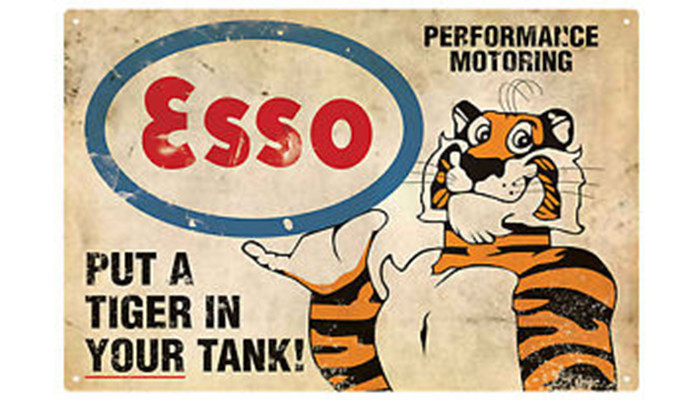
Have you got a Tiger in your (storage) Tank ?
You are probably well aware of the analogy that Process Safety Management is similar to a keeping a Tiger (or Gorilla) in a cage i.e. you know the Tiger is dangerous (process is hazardous) but you show (operate) it to make money. You have to care for the Tiger to make sure it attracts visitors and also ensure that the containment is suitable to prevent it escaping and potentially killing personnel & public.
So, are your sure that;
- The cage/lock is strong enough (DESIGN)
- You are maintaining the cage/lock (MAINTENANCE)
- Nobody has altered the cage/lock (MODIFICATIONS)
- The door is not left open (TRAINING/PROCEDURES)
- Nothing can crash into the cage (PROTECTION)
- You know what to do if it escapes (EMERGENCY RESPONSE)
You may therefore be interested to know major animal-related injuries were the second most frequent physical injuries received by zoo veterinarians. In a study, 61.5% of zoo veterinarians reported at least one major animal-related injury during their career; 17.8% had been hospitalized as a result.
Big cats or even bears are not the biggest threat to zookeepers it is actually elephants - more animal handlers have been killed by them than any other animal.
It's true that an elephant never forgets - if they don't like you, they'll wait for months if necessary, until no one is around. Then they'll do a headstand on you. Or hold you down and step on your head.
One reason elephants may be such a threat is that zookeepers don't venture into cages with the big cats, but entering enclosures to wash and feed elephants is still common. In this regard, elephant handlers may one day be as cautious as the keepers of the big cats. No matter how much zookeepers like felines, nobody who considers themselves 'competent' knowingly steps inside those cages. Lion and tiger attacks may still occur when locks and gates are accidentally left unsecured, a careless employee forgets a crucial warning, or a piece of equipment suddenly fails. Does this sound like your process/plant ?
However elephants, big cats & bears are just a few of the zoo's hazards.
Just about any animal that has a mouth can bite. A particular favorite of the public - North American river otters - are 10 pounds of muscle with a bad attitude.
My point is that we should naturally be aware (chronic sense of unease) and very respectful of the threats that our Tigers (major accident hazards) may present but not forget the slow moving Elephants and smaller Otters that also have the potential to cause harm when provoked.

Strategic Consultant for restructuring, mentoring, functional safety and Process and Governance at companies throughout the Oil & Gas and Defence industries.
8yAnother saying, 'my personality is who I am', 'my attitude depends on who you are'. Our attitude to Tigers is respectful and thankful for barriers, which is odd? We know we could be hurt, and we can see the barriers, we know we're safe, but we're still a little apprehensive. When we can't see the Tiger (process hazard) and have no idea of the barriers, why are we ok with that? Maybe every tank should have 'Boom' written on it, or 'Toxic gas, instant death' how would are attitude be then? When we can see the 'Tiger'?